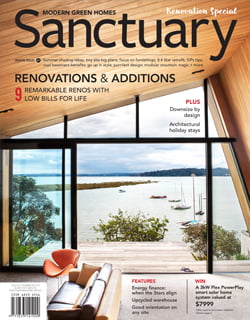Focus on furnishings
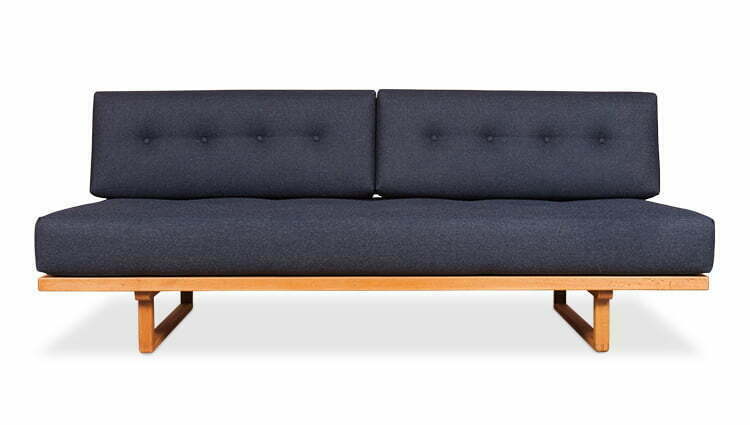
In this issue’s Products section, we take a look at the choices you can make to ensure you furnish your home sustainably.
Secondhand mid-century couch
Furniture today can be an environmental nightmare, made from particleboard that contains formaldehyde adhesives, filled with foam that might contain flame retardants, or off-gassing VOCs from chemicals and dyes. Many manufacturers and craftspeople are creating pieces to a much higher standard, but if you want to keep your purchases simple and safe then you can’t beat secondhand furniture, especially pieces that are built to last such as this 1960s daybed available from vintage furniture retailer Modern Times. Buying secondhand is a sustainable way to secure a hardwood frame as no trees were recently milled to make this beauty. Be aware of the environmental credentials of the products used to restore furniture though, especially new upholstery which can off-gas. This couch has been reupholstered with Instyle’s Etheco wool, which is produced to strict environmental guidelines including low impact dyes and a cradle to cradle production process. The couch itself was shipped from Denmark, which may not add up if you wish to factor in carbon emissions associated with transportation. More vintage couches can be found locally via online trading sites including Facebook’s plethora of buy swap sell pages, all in varying condition including ready for restoration. It’s hard to imagine a piece like this ending up in landfill. Price $4400.
www.moderntimes.com.au
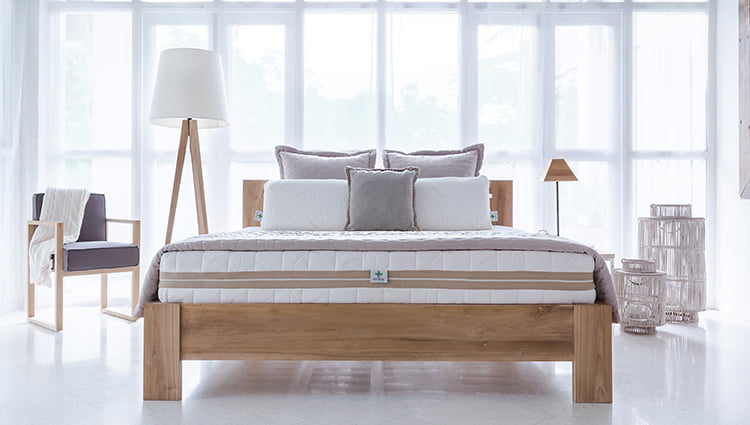
Organic latex mattress
Most mattresses are made from petrochemical-based polyurethane foam, so it’s good to know there’s a mattress material that instead comes from renewable resources. Latex is the milky fluid found in the bark of rubber trees that can be vulcanised, a process that converts the latex to a solid foam that’s comfortable to sleep on and gentle on allergy sufferers. Latex is intrinsically anti-dust mite and mould-resistant. Heveya’s range of mattresses are made from latex taken from an organic rubber plantation with no traces of chemical fertiliser. Their latex farmers are paid according to Fair Trade principles and the company has an environmentally sustainable manufacturing process with a water recycling facility. The rubber tree remains largely undamaged from the harvest as the latex simply pours from an incision over a number of days, and the tree has a useful life of over 20 years before being used as a tropical hardwood. Latex foam is biodegradeable when the mattress is done and dusted, or recyclable, only if such a facility exists nearby. Prices range from $1845 for a Heveya single mattress up to $3490 for a king size.
www.heveya.com
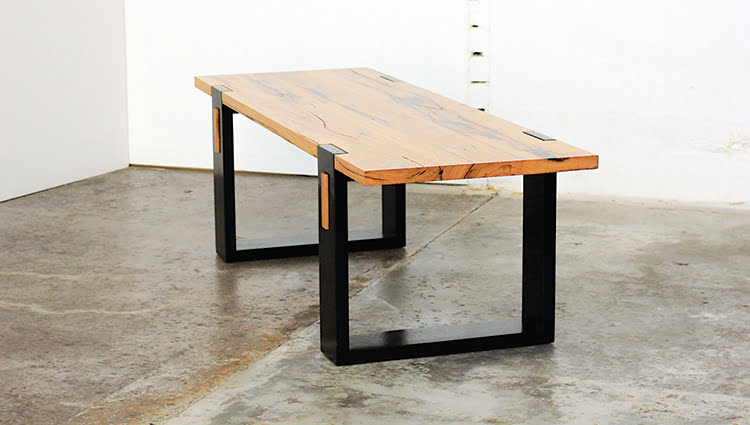
Timeless dining styling
Solid timber dining tables will never go out of fashion and there will always be buyers eager for a secondhand one. It’s also a privilege to commission a piece from a skilled craftsperson who works with salvaged timbers, something that will be loved for decades at home. This Strathewen Table from YARD Furniture is made from timber that was salvaged from the National Gallery of Victoria. Needless to say this timber has history and takes less processing than recently-milled or manufactured timber. The table can be customised up to a length of four metres and is finished with a natural hardwax oil. If you are looking for something a little more timeless with uncoated legs there are many more options at YARD, or look in your own area for artisan furniture makers working with recycled timbers. Engaging a local craftsperson cuts greenhouse gas emissions from transportation and helps the local economy.
Price from $3500
www.yardfurniture.com.au
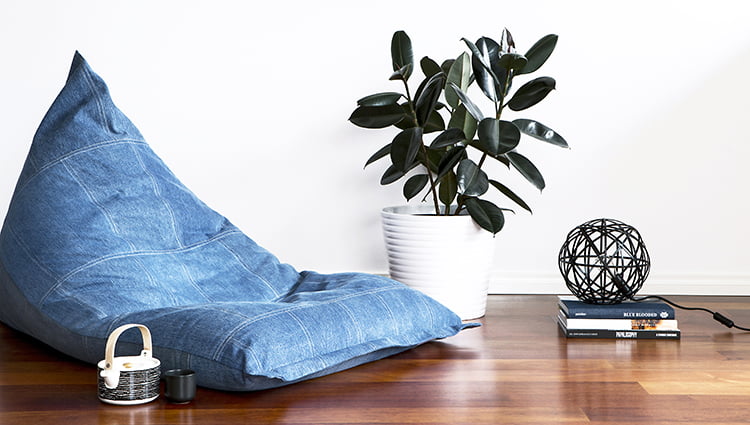
Denim bean bag
Fashion trends change rapidly and some styles of jeans just won’t ever make it out of the op shop for a second chance. Jeans get better with age though, and are perfect to upcycle into something useful again thanks to the fact that denim is so durable. JEANBAG is the great example of how to keep the discarded denim of the world from landfill, or any throwaway piece of strong fabric. It’s a bean bag handmade from around seven pairs of jeans sourced from charities and recycling operations, and can even be made from your own jeans if you choose. The ideal pair is pure cotton, blue and adult sized, but any jeans that don’t make the cut can be crafted into cushion covers, decorative bunting or a placemat set. The company claims best environmental practice is used throughout the process, including cold wash and line dry to prepare the denim, through to the use of water-based non-toxic ink for the printed care labels. Be sure to fill your bean bag with a biodegradable product not polystyrene. Dried beans or peas, buckwheat hulls or rice work well. A JEANBAG costs $499.
www.jeanbag.com.au

Upcycled venetian pendant light
Home renovation generates waste, particularly from the fittings and fixtures that are ripped out, but anything can be upcycled where a bit of creativity and design flair exists. These pendant light fittings made from wooden venetian blinds are one such example. When Scottish designer Adrian Lawson moved to Australia he noticed that quality timber blinds were being sent to the tip, so set about giving them a new lease of life as designer light fittings. Recycling is intrinsic to Lawson, having grown up on a small island off the coast of Scotland where residents had to improvise with what was on hand. Hopefully his resourcefulness inspires others to find new uses for old curtains, cabinets, doormats and such. The Azebo 390 pendant, pictured, comes in either cedar or basswood, is finished in a water-based varnish and comes flat-packed for easy assembly. A 390mm long Azebo fitting costs $326, or $462 for the 690mm fitting, with many more styles available on the website.
www.adrianlawson.com.au
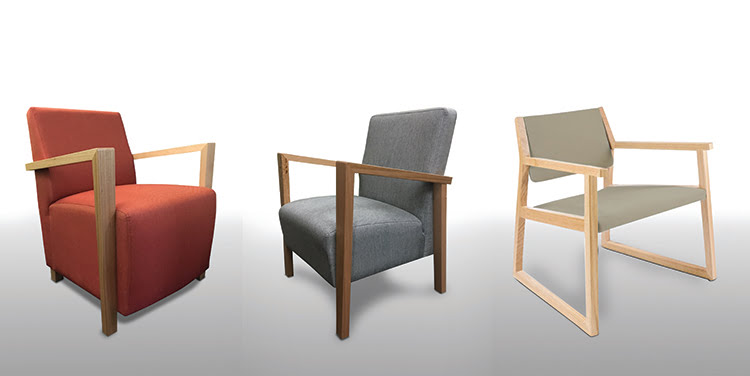
Indigenous enterprise furniture
There’s more to furnish than just our homes. There are our workplaces, community spaces and public offices just to name a few. It’s easy to turn to a large furniture retailer to fill the void, but there’s one alternative called Winya, an Indigenous social enterprise that supplies office furniture to a clientele of government agencies and healthcare providers. While Winya’s main aim is to provide employment and training opportunities to Indigenous Australians, they also have an environmental management system in place to ensure the quality and sustainability of their products. Their Arnhem Lounge Range uses waste timbers from mine-site clearing to produce custom-made soft seating in collaboration with remote Northern Territory Indigenous landowners and an Indigenous mill. The timber is graded and cut to basic furniture components, then shipped to Sydney for finishing and manufacture by trainees on apprenticeships. The Arnhem chair (on right) starts at $800 depending on fabric choices.
www.winya.com.au
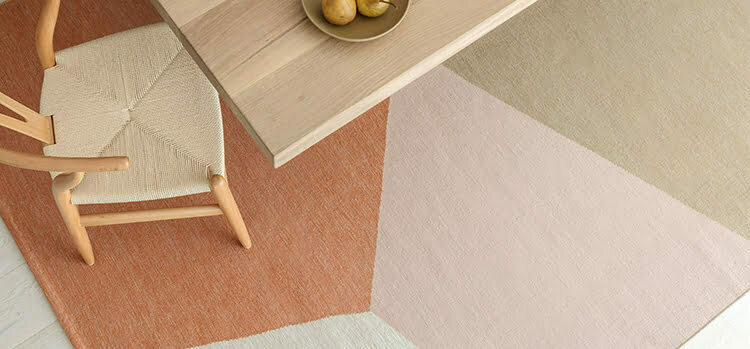
Handwoven rugs
There are rugs, and then there are rugs. Most rugs are machine-made so buying a handwoven rug is a real treat that hopefully pays its artisan producer well for their work. Australian company Armadillo & Co works with a team of dyers and weavers in India to produce rugs under Fair Trade practices that ensure good pay and employment opportunities for workers, with some of the proceeds used to fund schools near the artisans’ homes. Fibres are either natural or recycled and include wool, hemp and recycled PET made from plastic bottles, which is used to make their outdoor rugs. It’s a long process to create one rug with the yarn hand-dyed and sun-dried, woven on a loom for many days where the weaving team take it in turns, then washed and finished. The result is a rug imbued with character and quality. Always check that your textile purchases are made under Fair Trade practices to ensure no child labour was used and artisans received fair payment. Prices vary, with the custom-made Origami rug, pictured, costing $306 per square metre.
www.armadillo-co.com

Custom joinery
Many homes today are overrun by engineered wood, with kitchen cupboards, shelves, wardrobes and bathroom cabinets often made from MDF and particleboard. While these boards might sometimes be made from recycled wood product, any MDF furniture will end up at the tip as MDF can’t be recycled, and chemical nasties such as formaldehyde are often used in their manufacture. Many cabinet makers are switched on to more environmentally sustainable materials like bamboo (which is very quick to renew), plywood and salvaged timber. One such manufacturer is Raw Edge Furniture in Perth, which built this plywood home office designed by architects Patrick Kosky and Yun Nie Chong. As well as plywood, much of their custom made shelving, cabinets and kitchen and bathroom joinery is made from recycled timbers. Contact a local cabinet maker to see if they love plywood/bamboo/recycled timbers as much as you do, and check that any plywood is certified to be formaldehyde-free. Price depends on project.
www.rawedgefurniture.com.au
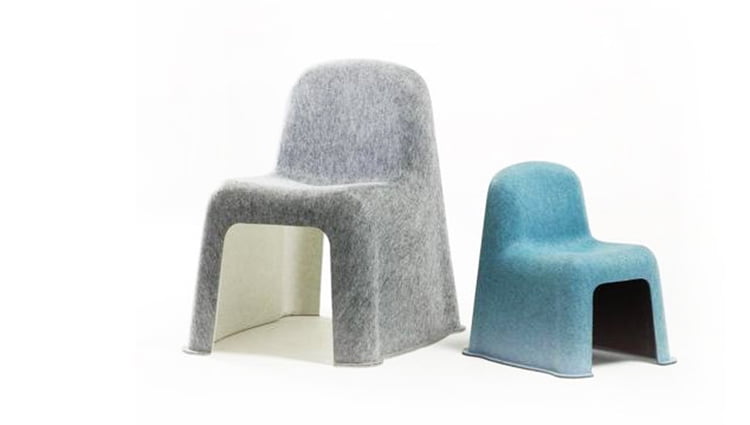
One-piece chair
Since its first release in 2007 the Nobody chair by Komplot has become a bit of a design classic, with its iconic shape a result of being made in one single process. The chair is made from PET felt made from plastic bottles, and the production process requires no glues or resins nor screws or reinforcements, again due to the single process thermo-pressed manufacture of the chair. It’s easy to clean, is light and stackable, and can be recycled at the end of its useful life, although the standard PET recycling in Australia does not handle anything that isn’t a container. Regardless, we’d do well to buy more furniture and products made from recycled PET to keep plastic bottles out of landfill and the oceans. The only downside is that it ships from the Netherlands, home to great furniture design of course, but with many carbon miles associated with its transportation. The chair can be purchased via Cult Design in Australia. Price $1035, or from $299 for the Little Nobody kids chair. Allow 12 to 14 weeks for delivery.
www.cultdesign.com.au

Organic bed linen
We spend around a third of our time in bed so our linen should support a healthy night’s sleep. While bamboo stands out because it is so fast to regenerate and uses less water than cotton in its production, it still undergoes a process to turn into fabric. That’s why it’s important to look for organic bamboo lyocell fabric for bedding rather than bamboo rayon, the difference being that lyocell is made mechanically while bamboo rayon is made chemically. Ettitude’s latest range of bamboo lyocell sheets is infused with bamboo charcoal, which is said to help absorb sweat, odour and bacteria due to its porous nature; the argument goes that the sheets stay fresher longer, need less washing and therefore less water and energy to look after them. Whether this eventuates or not is up to the owner and their laundry habits, but Ettitude’s linen collection is a sustainable and healthy option no less given that bamboo is gentler on allergy sufferers and able to wick away moisture. Ettitude are also big on efficient production methods, using a closed loop system in manufacturing that recycles and reuses water up to 200 times. The linen sets come in a range of colours and prices including $260 for a queen sheet set.
www.ettitude.com.au
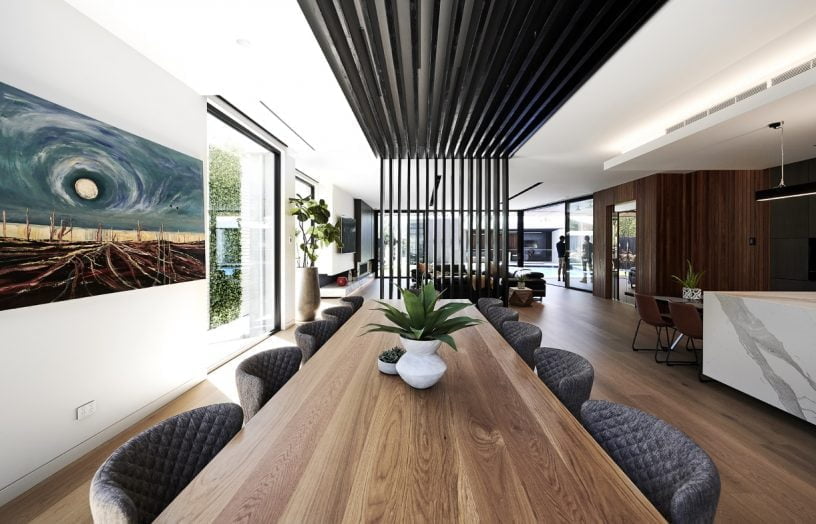 Ideas & Advice
Ideas & Advice
Light saviours: ways to upswitch your lighting
With so many lighting products to choose from, why are most homes – even sustainable ones – still so poorly lit? We ask three lighting luminaries for their advice on how to avoid the 'she'll be right' status quo.
Read more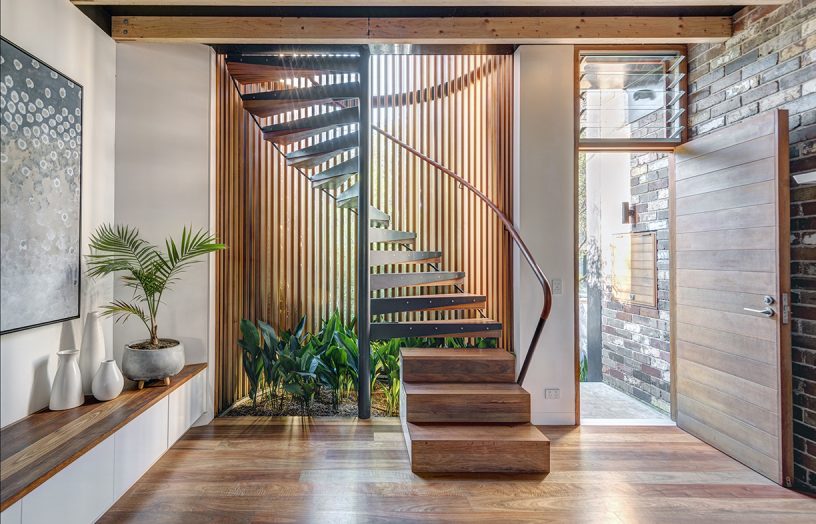 Interiors
Interiors
Stairs with flair
The humble staircase can do far more than provide access to your second floor. Stairs can fulfil multiple purposes from storage and thermal regulation to design feature or just sheer fun.
Read more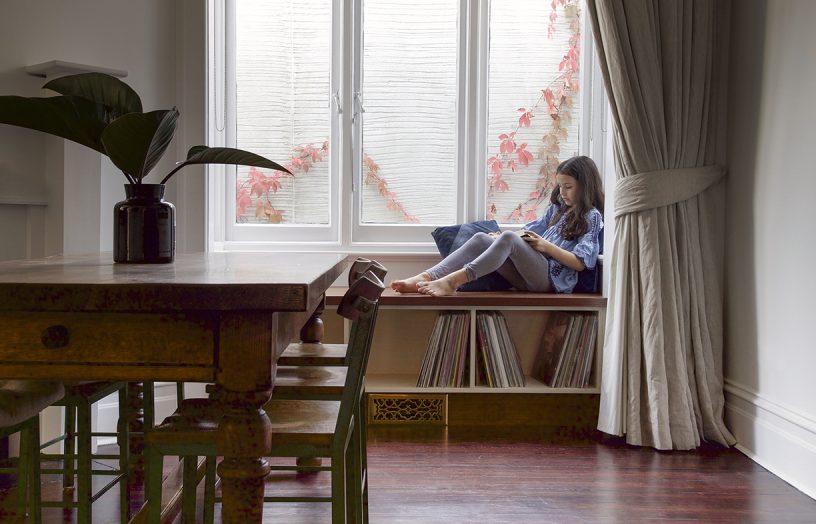 Sustainable Design
Sustainable Design
Not just window dressing: High-performance curtains, blinds and shutters
Internal window coverings can protect privacy and dramatically improve the thermal function of a house, and if you choose with care, they can help keep you comfortable for years.
Read more

